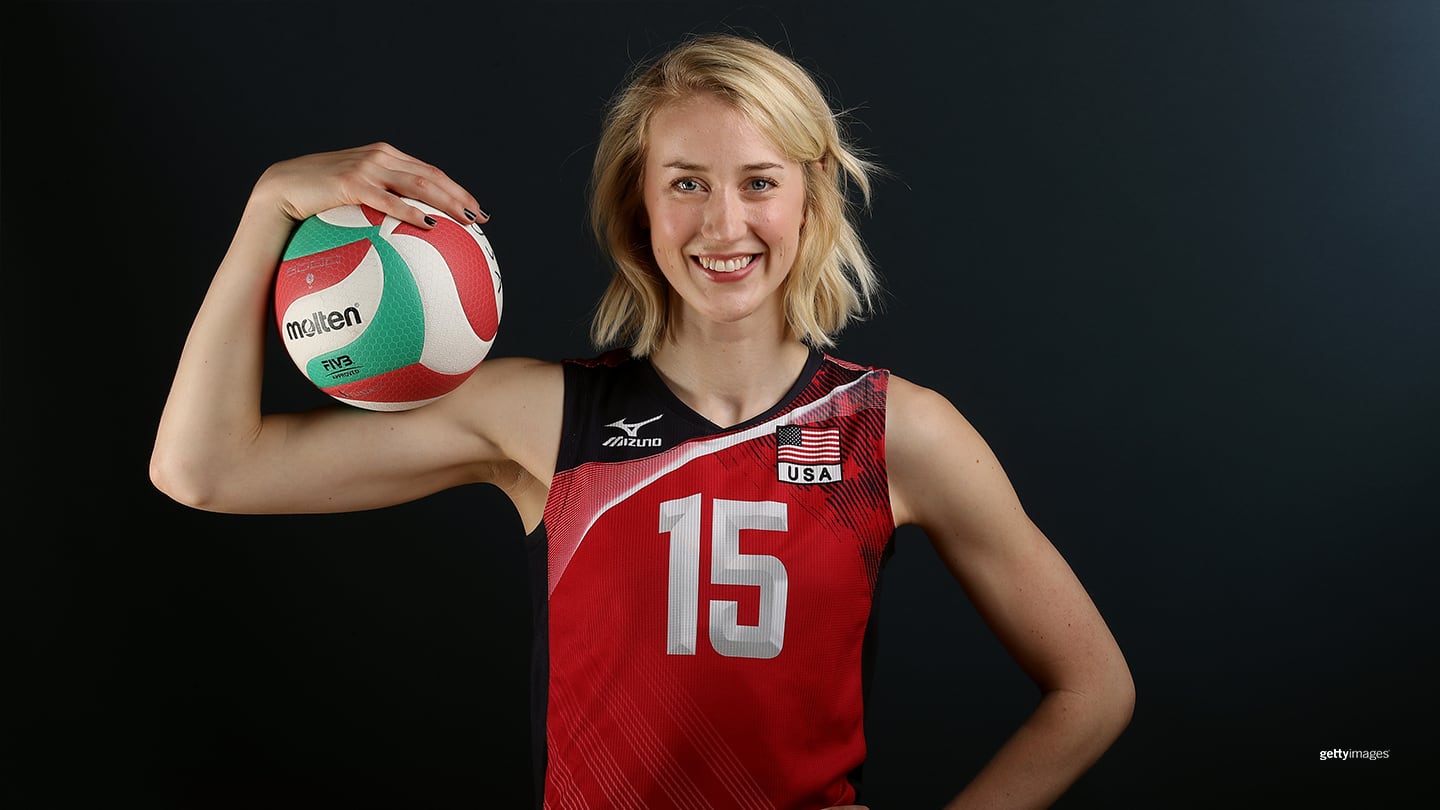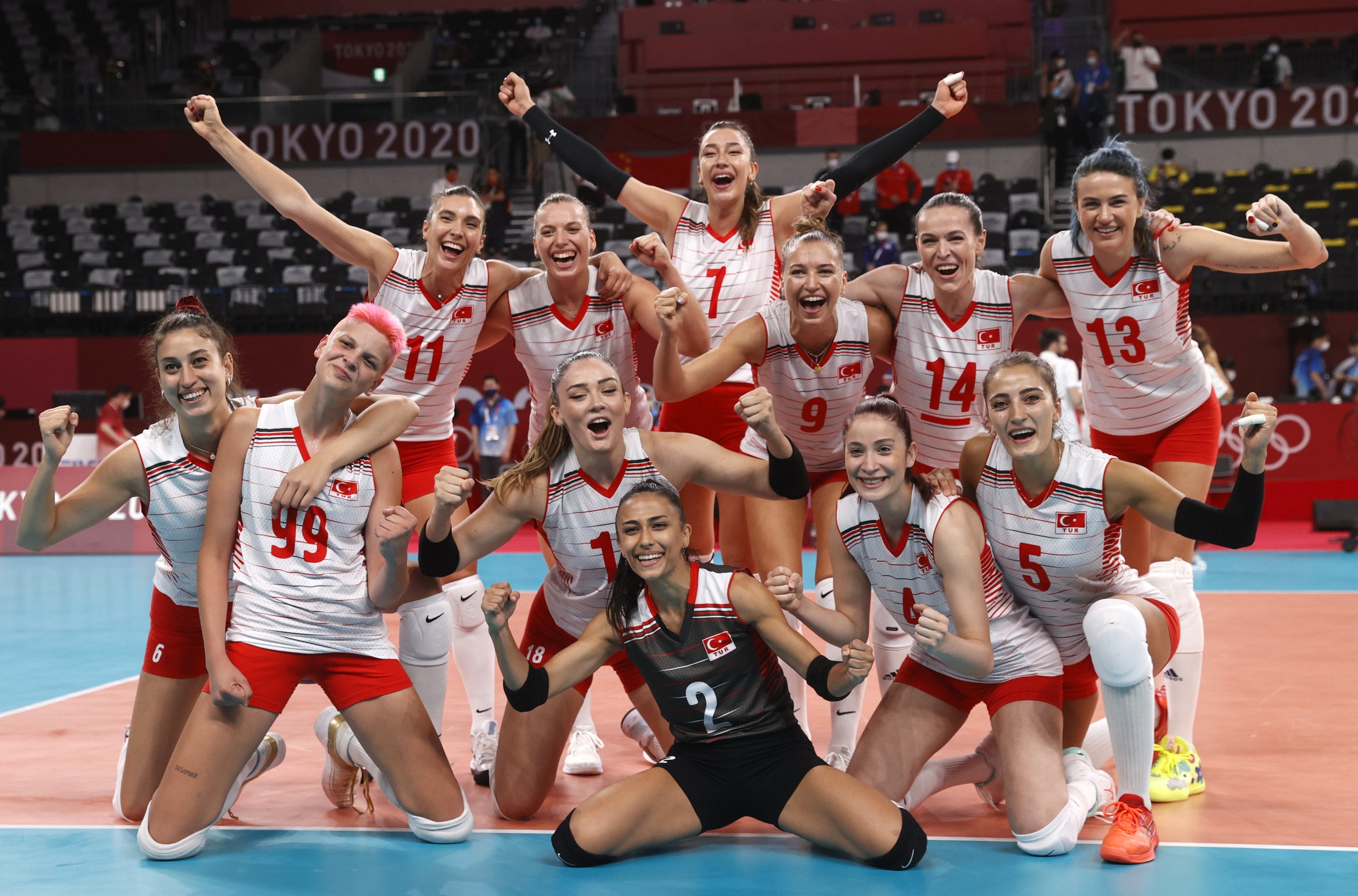Notable Players and Teams: Womens Volleyball Olympics

The Olympics is the pinnacle of international volleyball competition, and throughout its history, some players and teams have left an indelible mark on the sport. These athletes and teams have pushed the boundaries of the game, inspiring generations of players and fans alike.
The Evolution of Playing Styles
The evolution of women’s volleyball has seen a shift from a more traditional, power-based game to a more strategic and technically advanced style. Teams have embraced a variety of approaches, from the aggressive, fast-paced style of Brazil to the more controlled and disciplined play of the United States. The rise of individual skills, like the jump serve and the block, has also significantly impacted the game.
Top 10 Players
The following list highlights ten of the most influential players in women’s Olympic volleyball history, recognizing their individual achievements, impact on their teams, and contributions to the sport’s global growth.
- Regla Torres (Cuba): A dominant force in the 1990s, Torres was known for her powerful attacks and exceptional blocking skills. She led Cuba to two Olympic gold medals (1992, 1996) and numerous other international titles.
- Misty May-Treanor (USA): A legend of beach volleyball, May-Treanor won three Olympic gold medals (2004, 2008, 2012) with partner Kerri Walsh Jennings. Her athleticism, power, and competitive spirit helped revolutionize the sport.
- Kim Yeon-koung (South Korea): A modern-day icon, Yeon-koung is known for her incredible hitting power and versatility. She has led South Korea to numerous international podium finishes, including a silver medal at the 2012 Olympics.
- Fofana (Ivory Coast): A pioneer for African volleyball, Fofana was a key player for the Ivory Coast national team during their rise to prominence in the late 1990s and early 2000s. Her leadership and on-court brilliance inspired a new generation of African players.
- Giba (Brazil): A powerful and dynamic player, Giba led Brazil to two Olympic gold medals (2004, 2016) and numerous other international titles. He is considered one of the greatest male volleyball players of all time.
- Ekaterina Gamova (Russia): A dominant blocker and attacker, Gamova was a key figure in Russia’s Olympic success in the 2000s. She led her team to a gold medal in 2008 and a silver medal in 2004.
- Sarah Pavan (Canada): A dominant blocker and attacker, Pavan has been a key figure in Canada’s rise to prominence in international volleyball. She led Canada to a silver medal at the 2016 Olympics and a bronze medal at the 2020 Olympics.
- Paola Egonu (Italy): A young star with exceptional attacking power and versatility, Egonu has already made a significant impact on the international volleyball scene. She led Italy to a bronze medal at the 2020 Olympics.
- Zhu Ting (China): A versatile and powerful attacker, Zhu Ting has been a dominant force in Chinese volleyball. She led China to a gold medal at the 2016 Olympics and a silver medal at the 2020 Olympics.
- Fernanda Garay (Brazil): A dynamic and versatile player, Garay has been a key figure in Brazil’s continued success in international volleyball. She led Brazil to a gold medal at the 2016 Olympics and a silver medal at the 2020 Olympics.
Olympic Volleyball

Olympic volleyball is a high-intensity, strategic sport that demands a unique blend of athleticism, teamwork, and tactical prowess. The women’s competition at the Olympics is a showcase of the world’s best players, each vying for the coveted gold medal. Understanding the intricacies of the game, from the fundamentals to the strategic nuances, is essential for appreciating the skill and athleticism on display.
Strategies and Techniques, Womens volleyball olympics
The strategies and techniques employed in Olympic women’s volleyball are multifaceted, focusing on both offensive and defensive maneuvers. The game is a constant dance of attack and defense, with teams aiming to outmaneuver their opponents through calculated plays and strategic positioning.
Teamwork and Communication
Teamwork and communication are paramount in volleyball. Players rely on each other for successful execution of plays, requiring seamless coordination and trust. Effective communication ensures players are aware of their roles and responsibilities within the team’s strategy. This communication extends beyond the court, with coaches playing a vital role in devising game plans and making adjustments based on the opponent’s strengths and weaknesses.
Individual Skills
Individual skills are the foundation of any successful volleyball team. The game demands proficiency in various skills, including:
- Serving: Serving is the initial contact with the ball, launching the rally. Players utilize different types of serves, such as the jump serve, float serve, and topspin serve, to gain an advantage.
- Passing: Passing is the crucial skill of receiving the serve or an opponent’s attack. Players use their hands and forearms to control the ball and set up their team for an attack.
- Setting: Setting involves precisely directing the ball to a teammate in a position to attack. This requires exceptional hand-eye coordination and understanding of the team’s offensive strategy.
- Attacking: Attacking is the offensive maneuver aimed at putting the ball down on the opponent’s court. Players utilize various techniques, including spikes, tips, and dinks, to score points.
- Blocking: Blocking is a defensive maneuver aimed at preventing the opponent’s attack from reaching the court. Players jump and use their arms to create a wall, attempting to block the attack.
- Digging: Digging involves reacting quickly to an opponent’s attack and using a variety of techniques to keep the ball in play.
Offensive and Defensive Formations
Volleyball teams utilize different formations to maximize their offensive and defensive capabilities. These formations are based on player strengths and the team’s overall strategy.
- Offensive Formations: Offensive formations focus on creating opportunities for scoring. Common formations include the 4-2, 6-2, and 5-1 systems, each with specific player positions and responsibilities.
- Defensive Formations: Defensive formations prioritize preventing the opponent from scoring. Teams employ various strategies, such as the libero system and the back-row defense, to cover the court effectively.
Impact of Formations
The effectiveness of offensive and defensive formations directly impacts the outcome of matches. Teams with strong offensive formations can score points consistently, while teams with solid defensive formations can frustrate their opponents and limit scoring opportunities. The ability to adapt formations based on the opponent’s strengths and weaknesses is crucial for success.
Volleyball Techniques
Volleyball techniques are the specific movements and skills players use to execute the fundamental actions of the game. These techniques are crucial for achieving accuracy, power, and consistency.
Types of Serves
| Serve Type | Description | Jump Serve | The player jumps into the air while striking the ball, generating significant power and velocity. | Float Serve | The player strikes the ball with a slight twist, causing it to move unpredictably in the air. | Topspin Serve | The player strikes the ball with an upward motion, imparting topspin that makes the ball curve downward. | Underhand Serve | The player strikes the ball with an underhand motion, generating less power but greater accuracy. | <h4>Types of Attacks</h4> | Attack Type | Description | Spike | The player jumps high and strikes the ball with a forceful downward motion, aiming for a specific spot on the opponent's court. | Tip | The player lightly taps the ball over the net, aiming for an open area on the opponent's court. | Dink | The player gently drops the ball over the net, using a soft touch to surprise the opponent. | <h4>Types of Blocks</h4> | Block Type | Description | Single Block | One player jumps and attempts to block the opponent's attack. | Double Block | Two players jump and attempt to block the opponent's attack, creating a wider wall. | Triple Block | Three players jump and attempt to block the opponent's attack, forming a nearly impenetrable barrier. | <h4>Types of Digs</h4> | Dig Type | Description | Forearm Dig | The player uses their forearms to dig the ball, keeping it in play. | One-Handed Dig | The player uses one hand to dig the ball, often using a backhand motion. | Slide Dig | The player slides on the floor to reach the ball and dig it with their forearms. |
|---|
Womens volleyball olympics – The roar of the crowd, the thunder of the spike, the women’s volleyball Olympics is a spectacle of athleticism and teamwork. After a hard-fought match, a moment of quiet reflection might be enjoyed on a bertoia side chair with vinyl seat pad , its elegant design offering comfort and style.
The energy of the games, however, will undoubtedly return, inspiring athletes to push their limits and fans to cheer with renewed vigor.
The women’s volleyball Olympics is a spectacle of athleticism and teamwork, where players soar through the air, their movements as graceful as a bird in flight. The excitement is palpable, especially when a team scores a point, their cheers echoing through the arena.
Imagine watching these thrilling matches from the comfort of a cube chair light blue , its cool color providing a calming contrast to the intense action on the court. The chair’s modern design would blend seamlessly with any home decor, creating a cozy atmosphere for enjoying the Olympic spirit.
